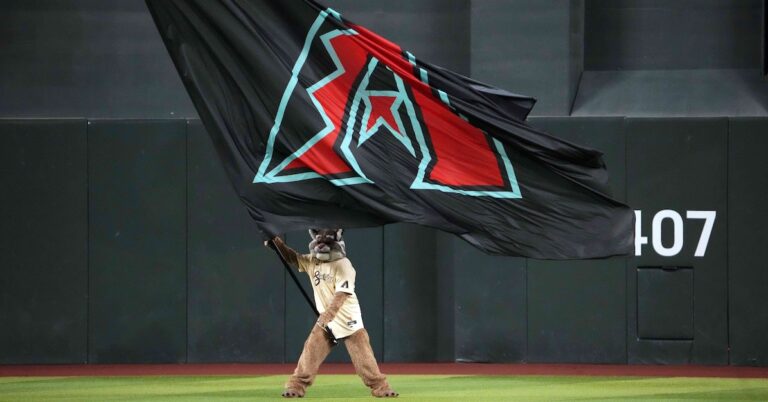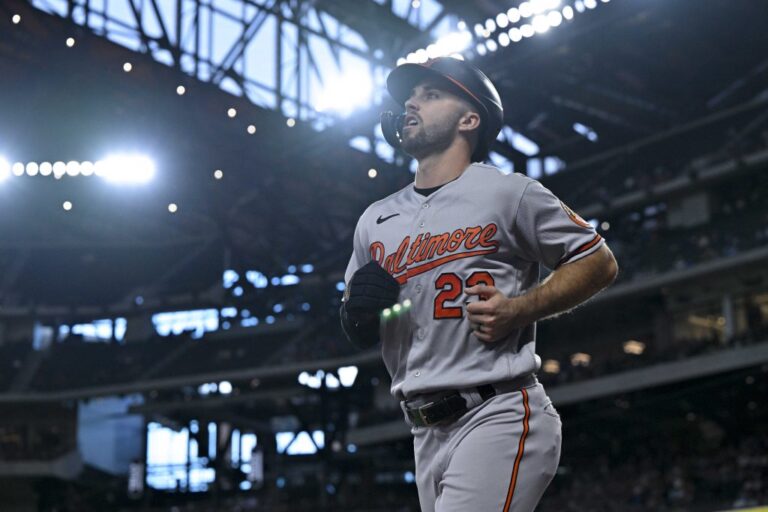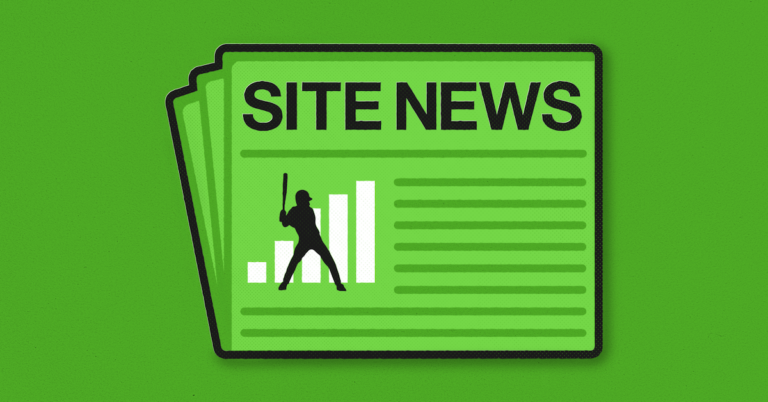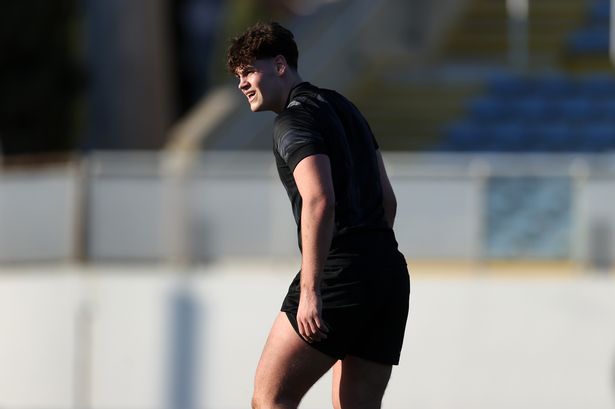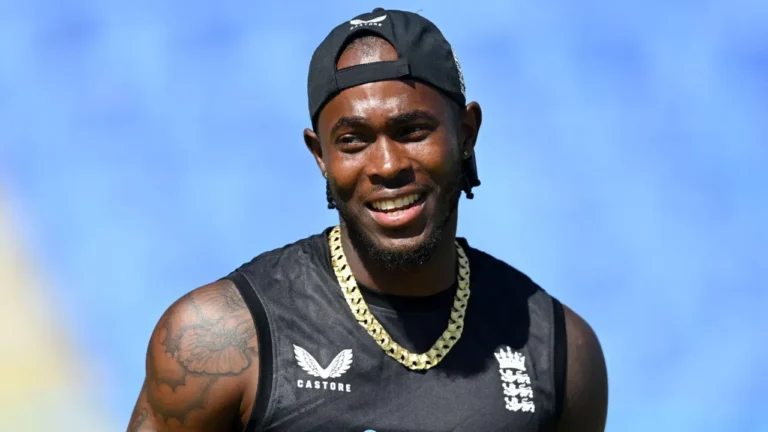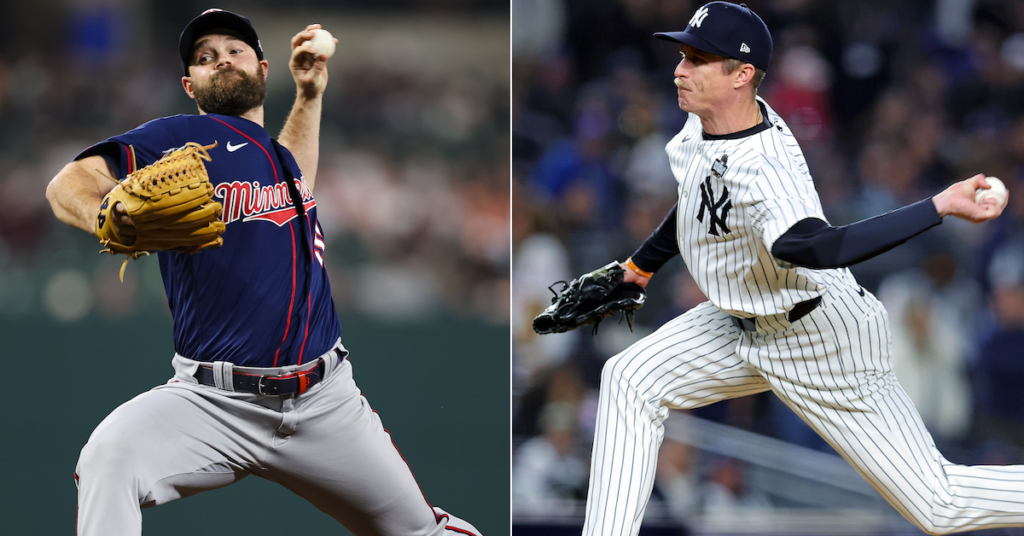

Hello, and welcome to another installment of Transaction Analysis: Reliever Roundup Edition. Would you like to start with a joke? What’s that? You’re foaming at the mouth because the thought of starting with a joke is so exciting that you’ve lost all control of your bodily functions? I’m so glad we’re on the same page. Here we go:
Knock, knock.
Ok, now this is where you say: Who’s there? Great job.
The left-handed middle reliever with a fastball that averages just under 91 mph, who put up 0.5 WAR last season and on Tuesday signed a one-year, $3 million deal to return to his old team in his age-35 season.
Alright, now say it with me: Which one?
Thank you for your help. I think we nailed it. On Tuesday, Jon Heyman of the New York Post reported that Danny Coulombe, who spent the 2020-2022 seasons with the Twins, had agreed to return to Minnesota. Bobby Nightengale of the Minnesota Star-Tribune reported that the deal is for one year and a $3 million. Shortly thereafter, ESPN’s Jeff Passan announced that Tim Hill, who joined the Yankees in June 2024, would be returning to the Bronx on a $2.5 million deal, plus a $3 million club option for 2026 with a $350,000 buyout clause. Wait, I probably shouldn’t have explained the joke.
Tim Hill
Starting with New York, the Yankees really needed Hill back. He’s the only left-handed pitcher in their bullpen. During the team’s 2024 World Series run, he ran a 1.08 ERA over 10 appearances and 8 1/3 innings. The team’s only other left-handed relievers were Tim Mayza, who threw 2 1/3 innings and is now a Pirate, and Nestor Cortes, who is famously a starter, certainly didn’t look comfortable in his two postseason relief appearances, and is now a Brewer.
Hill is also coming off the best stretch of his career. He started the 2024 season with the White Sox, running a 5.87 ERA over 27 appearances before being released in June. The Yankees signed him two days later, and he finished the season with a 2.05 ERA over 44 innings and 34 appearances. What was different in New York? For starters, a decent bit of luck. Hill allowed a .436 BABIP in Chicago and a .238 BABIP in New York. However, the Yankees also made some drastic changes to Hill’s pitch mix. After arriving in New York, he drastically reduced his four-seamer usage and ditched his slider almost entirely.
Hill doesn’t miss bats and he doesn’t miss the plate, which means tons of balls in play. He’s a true side-armer with an arm angle of -20 degrees, and in September and October, he leaned (even further) into that identity, throwing his sinker 80% of the time, his four-seamer 18% of the time, and his slider just 2% of the time. Although batters made louder contact than they had during his time in Chicago, Hill’s already huge groundball rate rose to 70% with the Yankees. He allowed 117 groundballs and just 18 fly balls; in seven of his 35 regular season appearances, every single ball in play that he surrendered was a grounder. You have to imagine the Yankees are hoping to run that strategy right back, encouraging Hill to lean on the sinker and let opponents beat the ball into the ground for as long as it works.
Danny Coulombe
Coulombe returns to the Twins after two seasons with the Orioles, and the need he fills is every bit as dire. The only other lefties the Twins have are Brent Headrick, who has three big league innings to his name, and Kody Funderburk, who ran a 6.49 ERA in 2024. RosterResource doesn’t have Headrick or Funderburk in their projected bullpen. As you might recall, the Minnesota bullpen’s 4.89 ERA in the second half was the third worst in baseball and a major reason that the team crashed out of playoff contention (though it’s worth noting that the bullpen’s 3.72 xFIP was actually seventh best). The need is more general, however, as Coulombe is the only player the Twins have signed to a major league deal this offseason. If that sounds somewhat familiar, you could be thinking of the trade deadline, during which time Minnesota was battling for its life and made just one move, trading for reliever Trevor Richards. To put it bluntly, this is an infuriating time to be a Twins fan.
It’s hard to know exactly what to expect from Coulombe. He has a long track record of excellence, with a 2.69 ERA over the last five seasons, 2.92 during his three seasons in Minnesota and 2.56 during his two in Baltimore. However, he’s only thrown 130 1/3 major league innings over that period, an average of just 26 per season. In 2024, Coulombe was running a 2.42 ERA and 2.86 FIP when his season was stopped in its tracks in June for surgery to remove bone chips from his elbow. He returned to make four scoreless appearances in September, but his fastball velocity dropped to just below 89 mph. The Orioles let him walk rather than pick up a $4 million option. It’s hard to imagine the Twins signing him without feeling secure in the knowledge that his velocity would bounce back up to the 91-92 range, but it’s certainly something to watch for as the season starts. Coloumbe also spent most of the 2022 season on the injured list due to a hip impingement and missed time with biceps tendonitis in 2023. Health will be a major factor in determining whether the one major league signing the Twins have made this offseason actually has an impact.
There’s also some question about just what kind of pitcher Coulombe will be with the Twins. Upon joining the Orioles in 2023, Coulombe traded his slider for a sweeper with an extra eight inches of horizontal break, ditched his changeup entirely, and introduced a cutter that replaced his four-seamer as his most-used pitch. In 2024, Coulombe threw either the cutter or the sweeper nearly 60% of the time. If there’s one thing the Twins love, it’s a four-seamer – they’ve finished in the top four in four-seamer percentage in each of the last three seasons – so it will be interesting to see whether they encourage Coulombe to stick with what worked for him in Baltimore, or get him to return to what, you know, worked for him in Minnesota.
That’s the tricky thing about Coulombe; his performance has been consistent while his availability has been anything but. Every pitcher presents some level of injury risk, and Coulombe’s stuff and profile make him not just a great fit for Minnesota, but a desperately needed addition. All the same, if the team is really only going to make one addition, might it have been wiser to choose a safer option?
